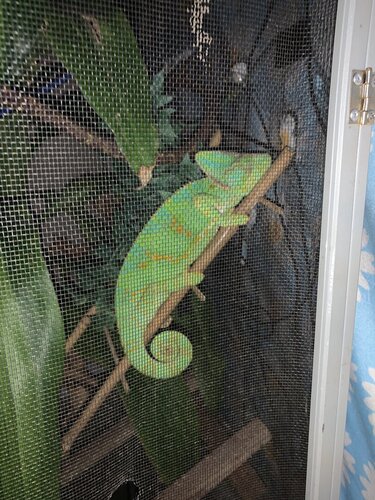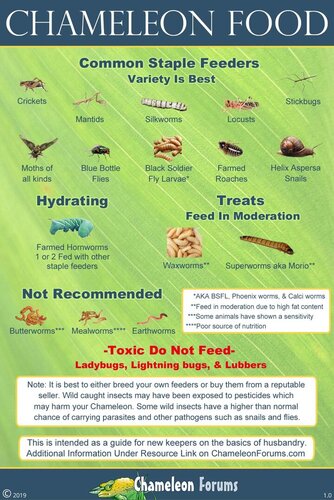khameleonmom
Member
i have a year old female veiled chameleon. she laid her first batch of eggs May 20th of this year. about a week ago she started laying on her branches and not gripping them unless she was moving. she was still eating and drinking well. and then about four or five days ago she started staying at the bottom of her cage, she is still eating/drinking. i figured she was about to lay her eggs since it’s been about five months but she still hasn’t and i’m becoming worried she might be egg bound. i leave her alone most of the time, she’s in a separate bedroom in my house. i tried to put her in her laying bin today and she got out and went back to the bottom of the cage. she moves around every once in a while but isn’t clawing at the bottom like she did the first time she laid eggs. the vet that i take her to is out for another week and a half almost. i’m looking into other vets but it’s hard to find one that will care for chameleons in my area. any advice would be greatly appreciated as i’m very worried about my girl 



